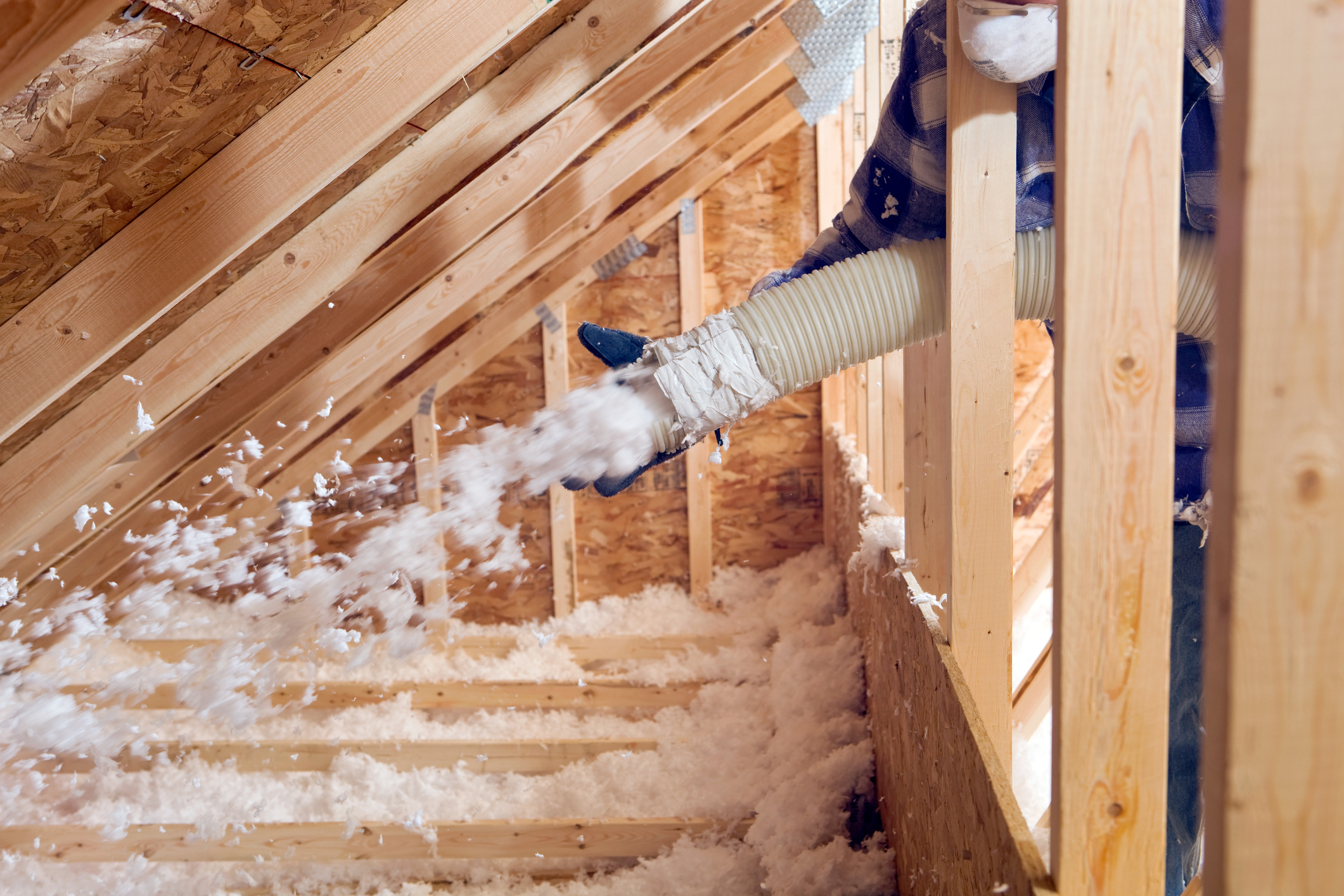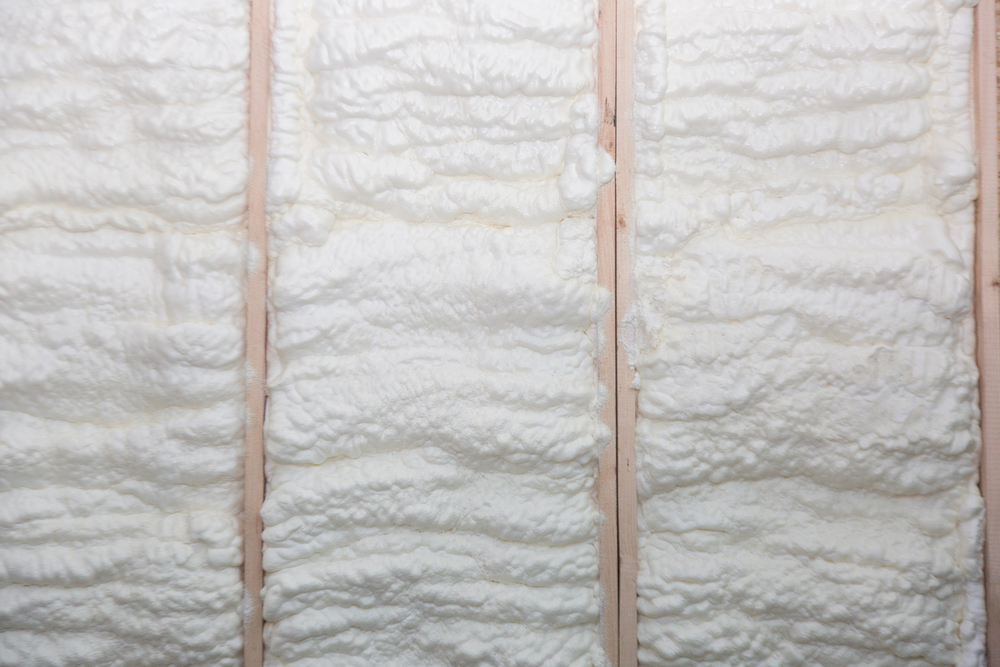Spray foam insulation is a highly effective and versatile insulation option that offers a wide range of benefits for residential and commercial properties. It is applied as a liquid and expands into a foam, creating a seamless and airtight barrier. Here are some key benefits of spray foam insulation:
- Superior insulation performance: Spray foam insulation provides exceptional thermal insulation properties, effectively sealing gaps, cracks, and voids. It forms a continuous and airtight barrier that minimises heat transfer, resulting in significant energy savings and improved energy efficiency. It outperforms other traditional insulation materials, such as fiberglass or cellulose, in terms of R-value, which measures thermal resistance.
- Air leakage prevention: One of the major advantages of spray foam insulation is its ability to seal even the smallest gaps and cracks in walls, floors, and ceilings. This prevents air leakage, which can account for a significant amount of energy loss in buildings. By creating an airtight envelope, spray foam insulation helps to maintain consistent indoor temperatures, reduces drafts, and enhances overall comfort.
- Moisture control: Spray foam insulation acts as a moisture barrier, preventing the infiltration of water vapor. It resists moisture absorption and helps to control humidity levels within a building. By reducing the risk of condensation and moisture-related issues, such as mold growth and structural damage, spray foam insulation contributes to a healthier and more durable indoor environment.
- Sound insulation: Spray foam insulation also provides excellent soundproofing properties. Its dense and closed-cell structure absorbs sound waves, reducing noise transmission between rooms and from external sources. This can significantly improve the acoustic comfort within a building, making it quieter and more conducive to work, rest, or relaxation.
- Versatility and adaptability: Spray foam insulation can be applied to various surfaces, including walls, roofs, floors, and crawl spaces. It conforms to irregular shapes and contours, filling in gaps and ensuring a complete insulation coverage. This versatility allows for customised and precise installation, making spray foam insulation suitable for both new construction and retrofit projects.
- Long-lasting performance: Spray foam insulation is known for its durability and long lifespan. Once applied, it remains stable and does not settle or deteriorate over time. This means that the insulation’s performance and effectiveness will last for many years, providing ongoing energy savings and benefits without the need for frequent replacements or maintenance.
In summary, spray foam insulation offers superior insulation performance, air leakage prevention, moisture control, sound insulation, versatility, and long-lasting performance. Its ability to create an airtight and seamless barrier makes it a highly efficient and effective insulation solution for both residential and commercial buildings. By choosing spray foam insulation, property owners can enjoy energy savings, improved comfort, enhanced indoor air quality, and a more sustainable and durable building envelope.


